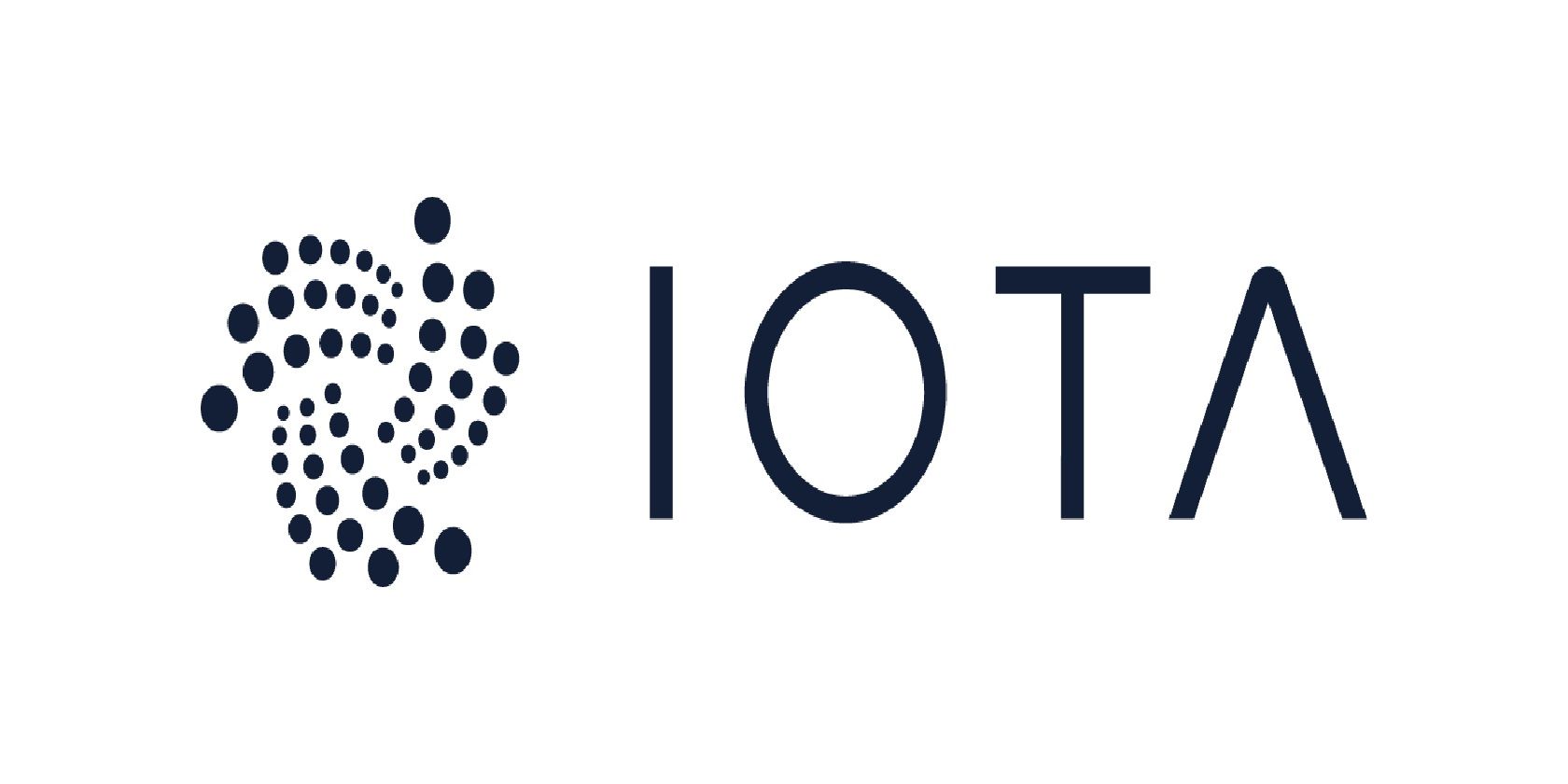If you're involved in the crypto space, you might have heard about IOTA. The organization behind this unique cryptocurrency is also making bigger waves in other tech spaces like automation.
That IOTA offers a transparent and secure cryptocurrency token without miners and fees is incredible. How and why IOTA does it just might be the future.
So, what is IOTA, and how does it work?
How IOTA Offers Coins Without Blocks
Right now, most cryptocurrencies run on a blockchain. Blockchains are transparent and secure ways to manage data, but the computing behind blockchains is complex and takes so much power that the "miners" who run the software to confirm the blockchain need to be financially rewarded to make it worth their time and literal energy.
IOTA still uses a public distributed ledger, but instead of a blockchain, they use a "directed acyclic graph" called a "Tangle." It still serves as its own record of transactions and other activity, but it doesn't require nearly as much energy, and the computational load is significantly lower.
So, what exactly does that mean for token holders and IOTA's missions and abilities beyond just being another cryptocurrency?
What Is the IOTA Tangle?
IOTA's more efficient system means that verifying data with IOTA is much easier. IOTA users are also miners and validators whose connected devices passively support the Tangle. That means that theoretically, the network can verify more transactions in less time and without the high transaction fees of other cryptocurrencies.
For IOTA token users and traders, that means transactions have the potential to be faster and less expensive, even for microtransactions. However, the IOTA organization itself is also interested in using the Tangle to facilitate and record more than just transactions between token holders.
The IOTA Tangle also supports interactions between connected Internet of Things (IoT) devices. However, smart contracts, NFTs, and the ability to secure digital identities on the Tangle all mean that IOTA isn't just for the machines.
IOTA's trajectory is going one way: up. Many solutions for the platform are still in development. However, one day their lightweight and secure data processing solution could power everything from connected factories to smart cities all while rewarding its users for building the future.
The IOTA Foundation and the Future of IOTA
Many cryptocurrencies are popular because they are decentralized, meaning that they essentially run themselves. This is the case with Bitcoin, but it isn't the case with Ethereum, which is arguably the closest cryptocurrency you can compare IOTA to. And, like Ethereum, IOTA is one of the more versatile cryptos out there.
The IOTA Foundation's structure is a little top-heavy. The organization has a governing board, a supervisory board to monitor the governing board, and an advisory board to guide the governing board and the advisory board. However, all of that organizational structure allows IOTA to form partnerships and relationships that other cryptos can't.
If all of that talk about automation and digital identities and smart contracts make you feel like IOTA promises the world, that's because it is. However, it promises all of those things through partnerships with groups like the Linux Foundation, Dell Technologies, and IBM. It also uses the Rust programming language developed by Mozilla.
Eventually, IOTA does plan on decentralizing. But at this stage of its development, it's exactly where it needs to be.
Is IOTA the Future?
We can't promise that IOTA will become the digital framework and payment system of the future. While the organization may lack some of the flair of other cryptocurrency projects, its wide road map suggests that it is more versatile and more sustainable and certainly worthy of some confidence.
Image Credit: IOTA

